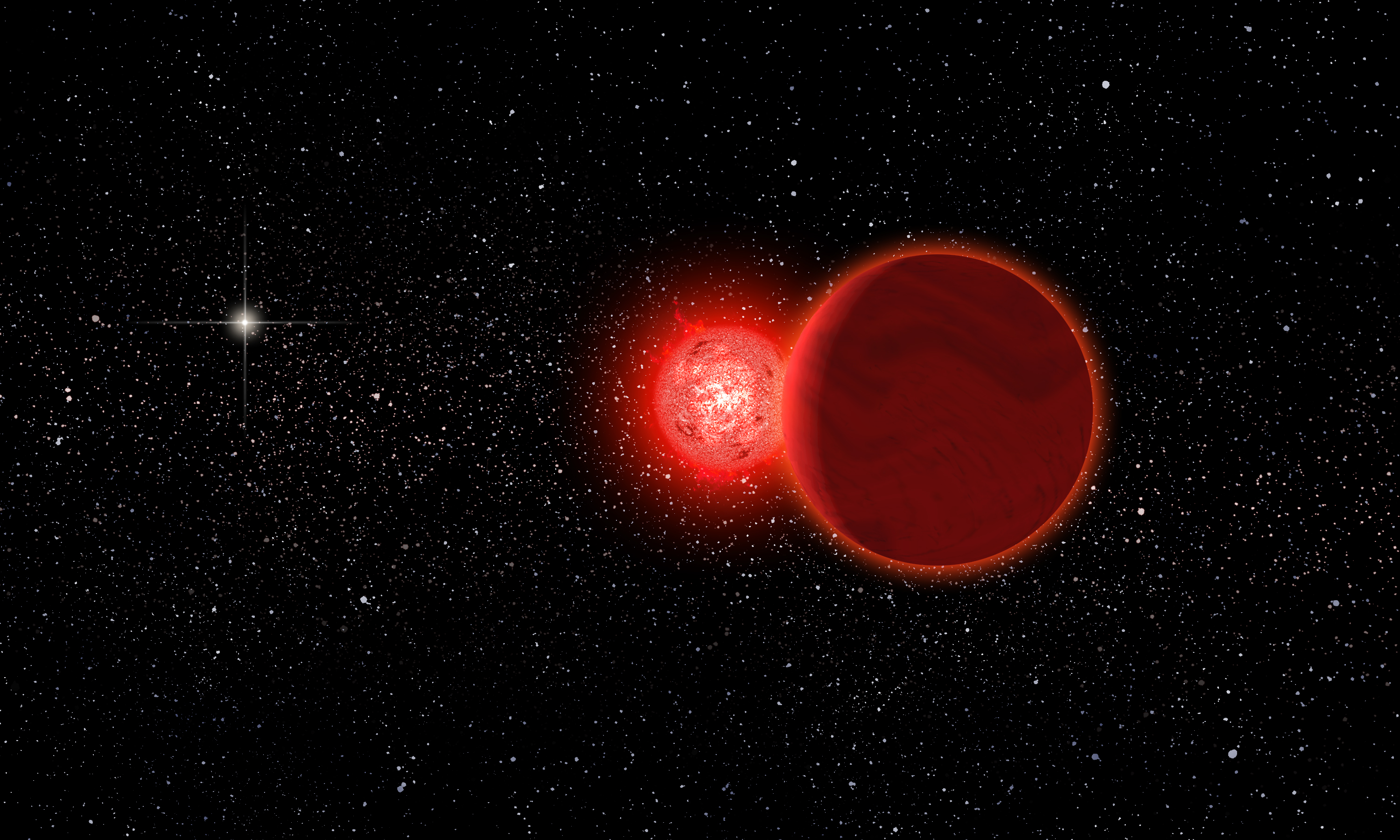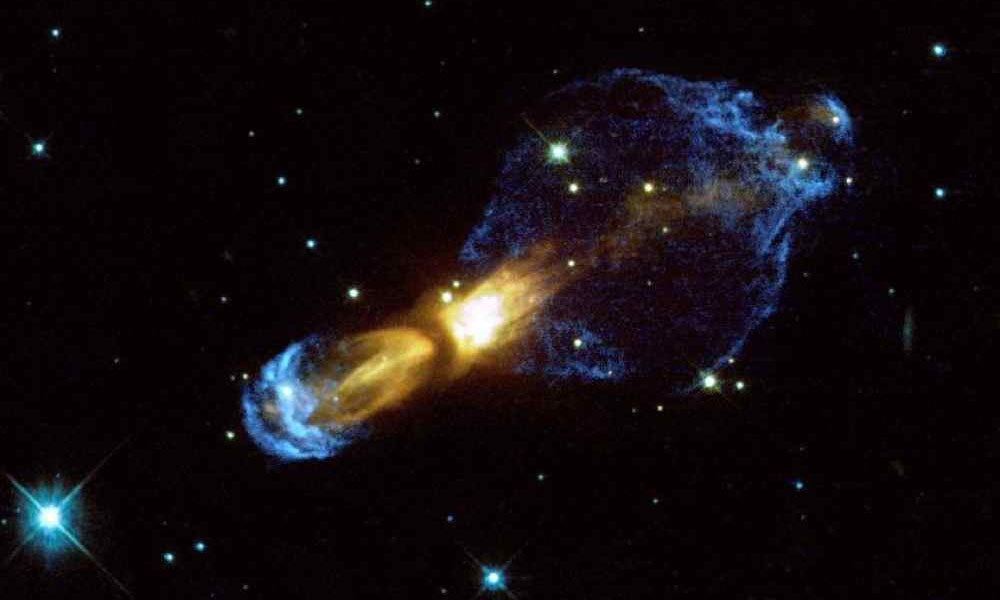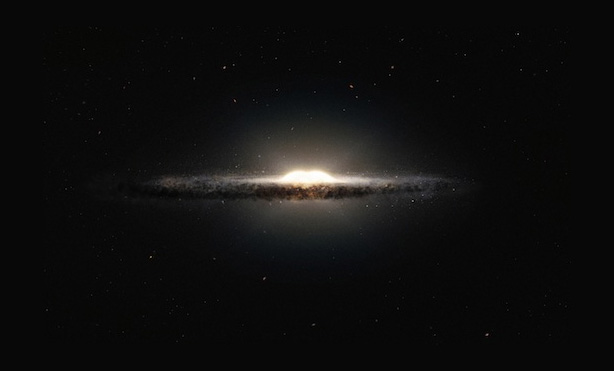
A new way to determine the age of stars?
Rochester researchers have developed a new conceptual framework for understanding how stars similar to our Sun evolve. Their framework helps explain how the rotation of stars, their emission of x-rays, and the intensity of their stellar winds vary with time. According to Eric Blackman, professor of physics and astronomy, the work could also “ultimately help to determine the age of stars more precisely than is currently possible.”

A close call of 0.8 light years
A recently discovered dim star likely passed some 70,000 years ago through our solar system’s distant cloud of comets known as the Oort Cloud. No other star is known to have ever approached our solar system this closely.

Molecular clouds show off potential, beauty of data visualization
“Simulated molecular clouds are beautiful, intricate, and ever-changing — properties that make them ideal candidates for high-powered visualization,” wrote PhD student Erica Kaminski about her award-winning images.

How stellar death can lead to twin celestial jets
How do spherical stars evolve to produce highly aspherical planetary nebulae? A Rochester professor and his undergraduate student have a new theory as to why.

Secret to Peanut-Shaped Star Orbits Peeled Away
Alice Quillen, professor of astronomy, and collaborators have created a mathematical model of what might be happening at the center of the Milky Way.
